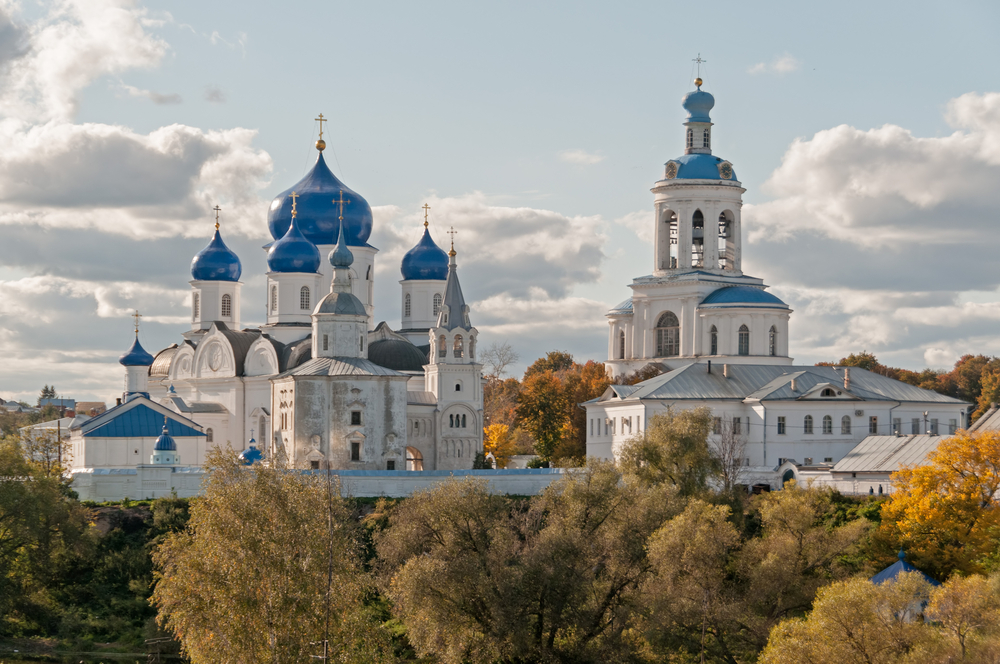East Europe is a region that defies classification, as its historical, geographical, political and cultural boundaries are subjective and dynamic. Located in the eastern part of the European continent, it is bordered on the east by the majestic Ural and Caucasus Mountains in Russia. In ancient Roman times, the continent was naturally divided by linguistic and cultural differences between the Greek-speaking territory of the east and the Latin-based languages of West Europe.
After the Second World War, many liberated European countries in the east were occupied and ideologically controlled by the Soviets, causing their direction to diverge from that of West Europe. Following the eventual abandonment of this strict barrier (the Iron Curtain) in 1989-1990, countries like Ukraine, Belarus and Moldova regained independence.
Many inhabitants of this area prefer to distance themselves from association with other nearby countries, due to the historical suppression of their own cultural and political identities. It is a controversial subject, resulting in no definite border between East Europe with its historically communist and oppressive connotations, and West Europe.
The relatively inconspicuous nature of these East European countries groups them together, however. When compared to the recognisable countries of West Europe, their identities remain mysterious.



